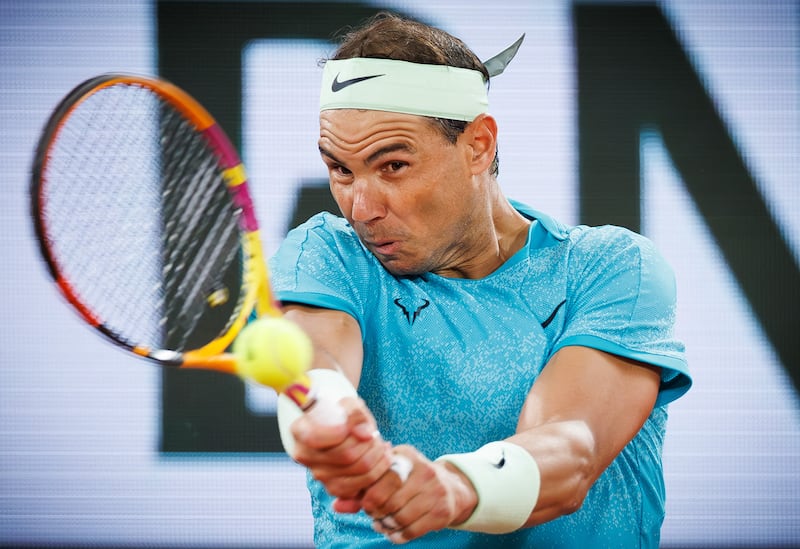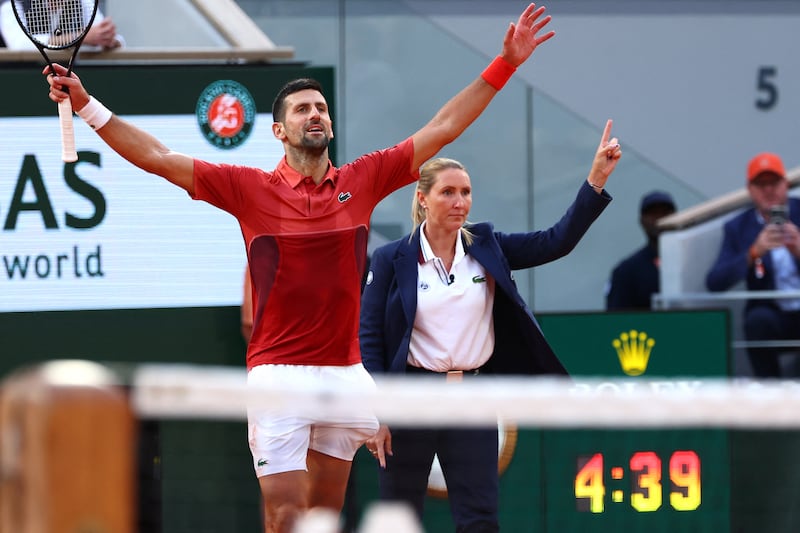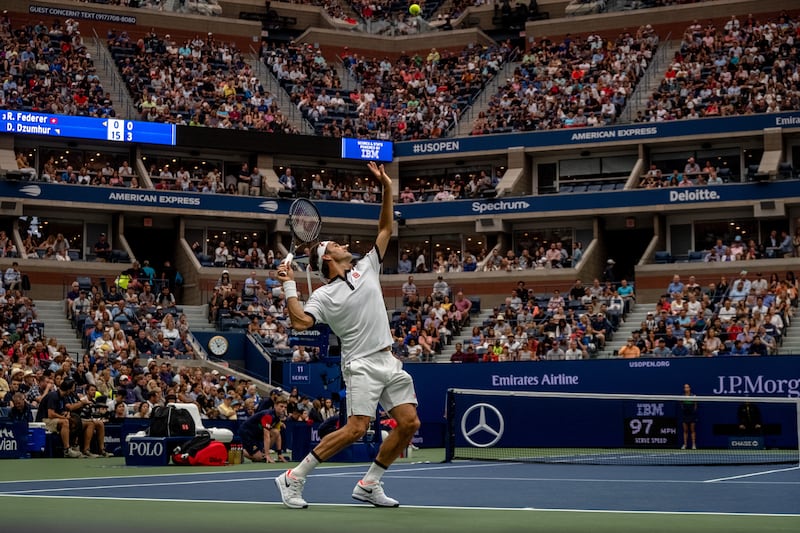The game of tennis has had to have a sit down in recent weeks and pour itself a stiff one. The slow burn, end of an era has suddenly accelerated towards its demise leaving the prospect of this year’s Wimbledon without any of the three titans of the game who dominated the tournament for the last 20 years, Roger Federer, Novak Djokovic and Rafa Nadal.
In 2022 Federer retired at 41-years-old, time and a two-year battle with his knee, one of the few he lost, closing a majestic career. Last year Nadal announced that he was pulling out of the French Open because of a lingering hip injury. He said then that he expected 2024 to be his final lap.
Last week he played his last match at Roland Garros. The 14-time French Open champion fell at the first hurdle against fourth seed Alexander Zverev in what was a brutal draw for both players. He wants to play Olympics, Wimbledon probably not.

Wimbledon, where he won in 2008 and 2010, starts on the first day of July. The Olympic tennis tournament begins on July 27th. He has already said it would not be a “good idea” to play on the London grass.
READ MORE
Earlier this week in Paris, Djokovic underwent surgery on the right meniscus injury that forced him to withdraw from the French Open. Currently the top-ranked player in the world, his unparalleled star power lends an air of celebrity to any tournament and would be the main attraction at Wimbledon if he was able to play.
[ Novak Djokovic is Wimbledon doubt after reported knee surgeryOpens in new window ]
However, an Olympic gold medal remains the one achievement that has eluded Djokovic and he has also repeatedly described the Paris Olympic Games as one of his top goals this year.
If he doesn’t play Wimbledon – and it looks unlikely – it would be the first tournament since 1998 without one of Federer, Nadal, or Djokovic in the main draw and only the second time in 20 years one of the three will not be in the Wimbledon final or win it. The only time that happened since 2003, when Federer won the first of his five titles in a row, was when Andy Murray beat Milos Raonic in the 2016 final.

Rivalries provide sport with tension and many believe the three delivered more for tennis than the John McEnroe, Bjorn Borg, Jimmy Connors era.
In titles won, Djokovic with 24, Federer with 22 and Nadal with 20 have pillaged the Grand Slams for two decades. Connors, McEnroe and Borg won 26 Grand Slam titles between them, Borg retiring at 26 and not entertaining the botheration of travelling all that way to the Australian Open, which accounts for 10 of Djokovic’s wins.
As much as the 66 Grand Slams Djokovic, Federer and Nadal won, they also brought their differing personalities to tournaments. Nadal the humble gladiator, Djokovic athletic and nerveless, Federer’s insouciance and apparent serenity, never breaking from type, none of them wavering in their absolute dominance of the game.
It was Mats Willander, the seven times Grand Slam winner, who said that to understand Federer you had to watch him between the points. The way he put his hand inside the plastic to hold the new racket handle and offer it to one of the kids to pull the cover off. He did that every nine games. Fresh balls, fresh racket.
That might have been said of Nadal too, with his obsessive attention to the water bottle positions, turning them at breaks so the labels all faced in the right direction on the correct side of his chair. Then there was Djokovic’s occasional need to play to the gallery.

Whether the modern players had as much effect on tennis as the stars of the 1970s and 1980s is a different matter, with Connors’ relationship with Chris Evert drawing golden couple headlines wherever they went, Borg’s rock star status and McEnroe’s flair for railing against authority and causing chaos a gripping narrative that probably drew much more off-court attention.
All three were essentially anti-establishment figures with Federer, Nadal and Djokovic much more respectful of the fans, the game and its traditions.
From Wimbledon’s point of view, this year offers a new canvas for new personalities, a chance to re-educate fans who may only dip into the sport for two weeks every year. There, name recognition could be a challenge. Hubert Hurkacz is the world number eight, Casper Ruud is seven and Jannik Sinner is at two. Outside the top 10 Alex de Minaur, Ben Shelton and Ugo Humbert are inside the top 20 but far from well-known.
The tournament will have a new look and feel on the men’s side of the draw with names like Alcaraz, who is ranked third and Sinner, asked to begin to emerge from their understudy roles. Whether there can be a next “big three” is possible, but without anything like the scale and breadth of achievement of the Mount Rushmore figures of the Swiss, Spaniard and Serb. That’s why the game has had to have a sit down in recent weeks and pour itself a stiff one.
- Listen and subscribe to our Counter Ruck rugby podcast
- Sign up for push alerts and have the best news, analysis and comment delivered directly to your phone
- Find The Irish Times on WhatsApp and stay up to date

















